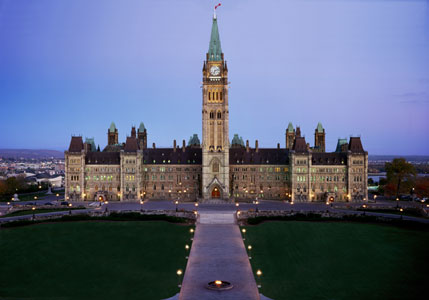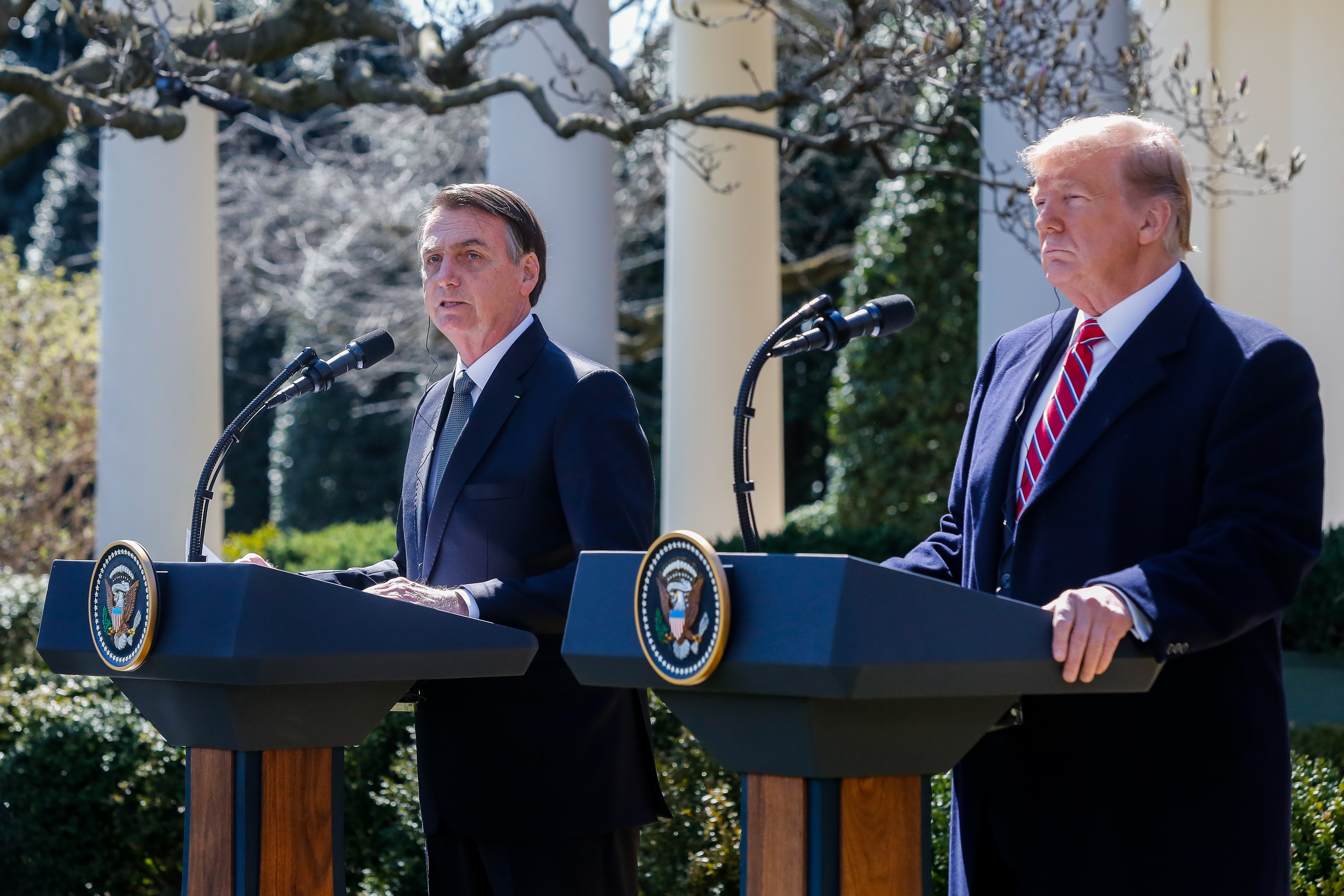On December 3, 2013, Conservative Member of Parliament Michael Chong introduced a bill in the House of Commons, which, writes Andrew Coyne, has the potential to “recast the relationship between party leaders and caucuses.” Among other proposals, the bill seeks to formalize the convention that party leaders serve with the confidence of the caucus by establishing a leadership review vote; that could have a party leader removed with a majority of caucus votes by secret ballot. The bill falls short of calling into question Canada’s very system of electing its federal and provincial representatives, namely single member plurality (SMP) or first-past-the-post (FPTP). However, it does indicate that in the current Canadian political climate, party leaders can effectively muzzle MPs, thereby weakening the connection between MPs and their constituents.

The direct linkage between elected representatives and their constituents is often touted as one of the primary benefits of FPTP. Proponents of the system assert that it provides more effective geographic representation of voters than proportional systems because it gives rise to representatives who are uniquely accountable to their particular constituencies. However, party discipline in Canada is so rigid that MPs are often unable to both represent their constituent’s interests and remain in their party caucus. In spring 2012, Thunder Bay MP Bruce Hyer quit the NDP caucus because of this inability to vote freely, particularly on the issue of the long-gun registry, which the NDP requires its members to support. Hyer sat as an Independent before joining Elizabeth May’s Green Party in mid-December 2013.
Proponents of FPTP may exaggerate the importance of constituency representation. In the UK, which has a similar electoral system, only ten percent of people surveyed in a study had contacted their Member of Parliament in the previous five years; about half of respondents could not name their MP. A 2004 study by the Law Commission of Canada states, “Today’s highly mobile and diverse citizens often identify themselves with communities of interest that are not geographically determined, or that lie outside their community of residence.” Canadian demography and diversity of values indicate that in the 21st century, a legislature that “mirrors the nation” may be more important than one in which every MP is directly connected with a constituency.
If the current electoral system fails to reflect Canadians’ electoral opinions and democratic priorities, which system would?
The same Law Commission study and the International Institute for Democracy and Electoral Assistance (IDEA) handbook on electoral system design also assert that Canadians prioritize proportionality or fairness, as well as demographic representation. Canada inherited SMP from Great Britain well before Confederation in 1867, at a time when several significant groups were not only disenfranchised, but also marginalized. Canada’s political landscape has drastically changed since then, yet the electoral system has remained the same. The composition of the House of Commons does not accurately reflect the demographic make up of the electorate, as a modern electoral system should. It does not, in other words, act as a mirror of the nation.
The 2006 census found that 16.2 percent of the Canadian population is of a visible minority; demographic projections show this figure nearly doubling to between 29 and 32 percent by 2031. However, according to a 2011 report released by Canadian think tank Public Policy Forum, visible minorities constitute less than 10 percent of Members of Parliament. Similarly, women, who in 2010 accounted for 50.4 percent of the total population, make up less than one quarter of MPs. Aboriginal Canadians constituted 4.3 percent of the Canadian population in 2011 and are represented by seven MPs, or 2.27 percent of the legislature. Political parties are influenced by the electoral system to run the “safest” candidates and ethnic and religious minorities, women and Aboriginal Canadians are underrepresented accordingly.
Further, under SMP opposition parties often fail to capture the requisite number of seats to effectively challenge and provide alternatives to proposed government legislation. Opposition is essentially relegated to observer status in the House of Commons. The current electoral system actually fosters the development of a winner-take-all attitude, which leaves the governing party blind to the views and needs of opposition voters.
A poignant example of the exclusion of opposition voices from government activities occurred at the United Nations Framework Convention on Climate Change, or COP19, in Warsaw, Poland this past November. Lone Green Party MP Elizabeth May was denied a spot on the official Canadian delegation. In order to gain access to high-level negotiations open only to government representatives, May joined the delegation from Afghanistan.
If the current electoral system fails to reflect Canadians’ electoral opinions and democratic priorities, which system would? Mixed electoral systems are seen as the ‘best of both worlds’; by combining elements of both proportionality and plurality, they ensure the accountability of geographic representation while providing a measure of fairness and greater demographic representation. The mixed-member proportional system, or MMP, simultaneously elects two groups of MPs: one group represents single-member constituencies as in SMP, while the other group is selected using a nationwide party list. In its 2004 report, the Law Commission of Canada recommended the election of MPs to the House of Commons using the ratio of two-thirds SMP and one-third proportionality.
Importantly, voter behaviour would change with the implementation of an electoral system with an element of proportionality. Not only would voters be afforded greater choice with the inclusion of two groups of MPs, but the parties would also be encouraged to change their campaign strategies to appeal to a broader, nationwide audience. This change in campaign strategy would mitigate the regionalism currently reflected and exaggerated by the composition of federal political parties. The translation of popular votes to legislative seats would be much fairer for parties with diffuse national support. Moreover, small parties like the Green Party of Canada, which is disadvantaged by FPTP, would likely receive more votes nationwide as the compulsion among voters to vote strategically is diminished.
As the Law Commission of Canada contends, “If accommodating difference is what Canada is all about… then the present electoral system does not appear to be up to the job.” FPTP performs dismally in areas of great concern to Canadians, including proportionality, demographic representation and the inclusion of a plurality of ideas in policy-making. In order to halt the subversion of Canadian democracy, Canadian legislators and the electorate must seriously consider the switch to a mixed-member proportional system that would better reflect the diversity of Canadian society and deemphasize the regional cleavages exacerbated by FPTP.




